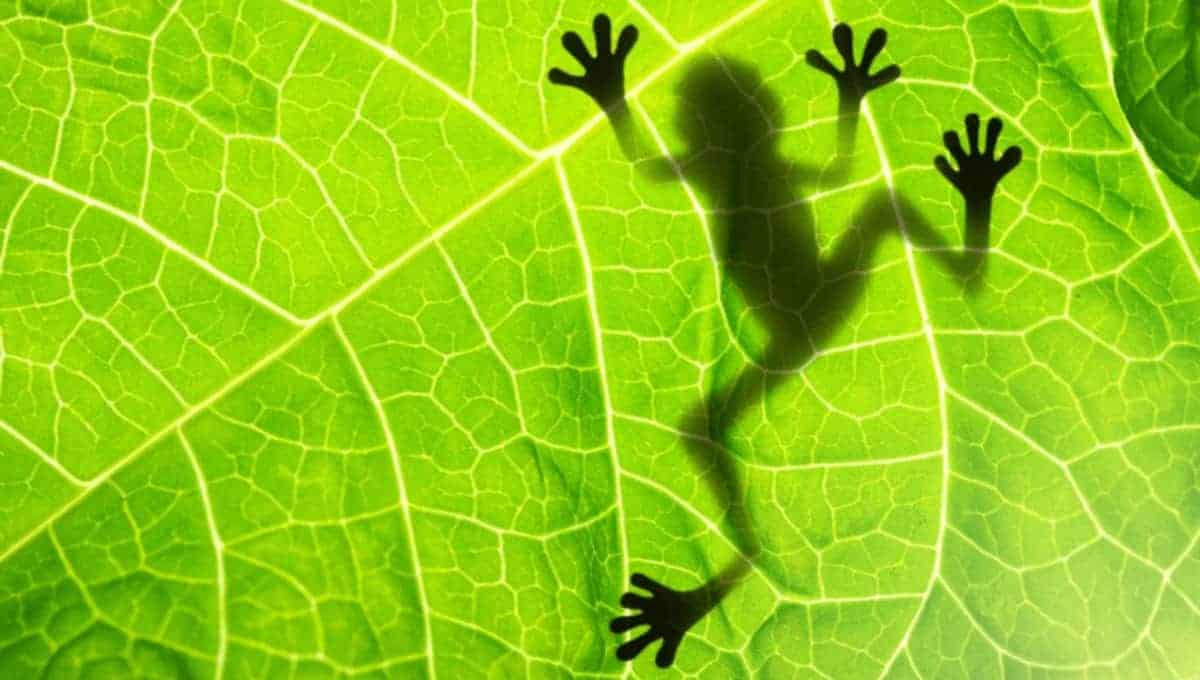Are you curious about endangered animals? Whether it’s for a school project or because you’re an animal lover, this endangered animals facts for kids guide is here to provide engaging and helpful information on endangered animals in Australia and around the world.
What are endangered animals?

Discover the incredible diversity of animals living in different environments. From jungles to cold climates, animals capture our fascination. Many of us keep pets at home, but unfortunately, wild animals face threats like habitat destruction from natural disasters or human activities like building houses. Endangered animals are those whose populations are dwindling and, without protection, could disappear.
Check out these great endangered animals books for kids!
Understanding extinction

Let’s delve into the concept of extinction. It means a species no longer exists. Imagine a world without monkeys or dogs – it’s happened in history. Extinction impacts more than just animals; it disrupts ecosystems, affecting the balance between humans, animals, and plants, creating an unhealthy environment.
The reality of mass extinction
Throughout history, some areas experienced ‘mass extinction.’ Think of the dinosaurs, wiped out by an event like an asteroid strike. The world changed dramatically afterward, highlighting the interconnectedness of species in an ecosystem.
Identifying endangered species
The International Union for Conservation of Nature (IUCN) maintains the Red List of Threatened Species, categorizing animals based on their risk of extinction. The list is regularly updated, and it’s a crucial resource for conservation efforts.
Red list categories
The Red List categorizes species from “Extinct” to “Least Concern.” The top three – Critically Endangered, Endangered, and Vulnerable – are considered ‘threatened,’ requiring urgent attention.
Criteria for endangerment
There has to be some rule that shows when a species is endangered. Criteria used is based on five areas which includes population reduction rate, geographic range, population size, population restrictions and the probability of extension.
For example, if the population is less than 250 mature (not babies) the species is considered ‘critically endangered’. If the population is less than 10,000 mature, then they are considered vulnerable but not at the critical level. Likewise, if the population has deteriorated by between 30-50% in the last 10 years, (or three generations of the species) they are considered vulnerable.
The environment/habitat in which the species lives is also considered when looking at their endangered criteria. If the area of occupancy (where they live) is less than 20 square kilometres and less than 1,000 mature individuals within that area, the species is considered vulnerable. The probability of extinction is calculated to be 10% within 100 years. There are a number of rules applied for the various categories to be used and this can be located within the National Geographic information for endangered species.
The top 10 endangered animals worldwide

Explore the world’s top 10 endangered animals, ranging from the Javan Rhinoceros to the Bluefin Tuna. Learn about their populations and why they need attention.
Below is the list of the world’s top 10 who need the most care and attention:
- Javan Rhinocerous: 60 left in the world.
- Vaquita: small dolphin located in Mexico – critically endangered
- Mountain Gorilla: Numbers improved in 2008, but still considered endangered.
- Tiger: Estimated to be 3,500 left in the world.
- Asian Elephant: Population declined by 50% in the last 75 years.
- Orangutans: Endangered due to the destruction of the rainforest.
- Leatherback turtles: Population is decreasing and are considered ‘vulnerable’.
- Snow Leopards: Approximately less than 7,000 left in the world.
- Irrawaddy Dolphins: Significant decline in recent years
- Bluefin Tuna: Severely declined due to illegal fishing/over fishing in recent years.
Australia’s most endangered animals

Discover the impact of recent bushfires and floods on Australia’s wildlife. From the koala to the Purple-crowned Fairy Wren, understand the challenges these species face.
The top ten Australian endangered animals:
- Numbat: A small to medium sized marsupial affected by a decline in their termite diet.
- Gouldian Finch: A small bird that is being affected due to the change in habitat.
- Mountain Pygmy-possum: Affected by climate change.
- Regent honeyeater: A beautiful yellow bird affected by a declining habitat.
- Orange-bellied parrot: Only 50 adults living in the wild.
- Northern Quoll: A marsupial sadly affected by bush fires.
- Woylie: Looks very similar to a rat. Affected by other species leading to their decline.
- Eastern Curlew: Declining due to habitat destruction.
- Black-flanked Rock-wallaby: Threatened due to changes in habitat and fire destruction
- Purple-crowned Fairy wren: Also threatened due to changes in habitat and fire destruction.
Hope for endangered species
Some species have bounced back from the brink of extinction, thanks to conservation projects, breeding programs, and fundraising. It’s a reminder that positive change is possible.
Ways to protect endangered animals
Learn how individuals can make a difference. Supporting organizations, adopting animals, using environmentally friendly practices, and educating others are essential steps in conservation.
Embark on a journey to understand and protect our endangered friends, ensuring a future where these incredible animals thrive.
Where can I get more information?
There are a number of links throughout the article which is a good place to start.
If you are wanting more animal information, we have included other resources below (including activities).

